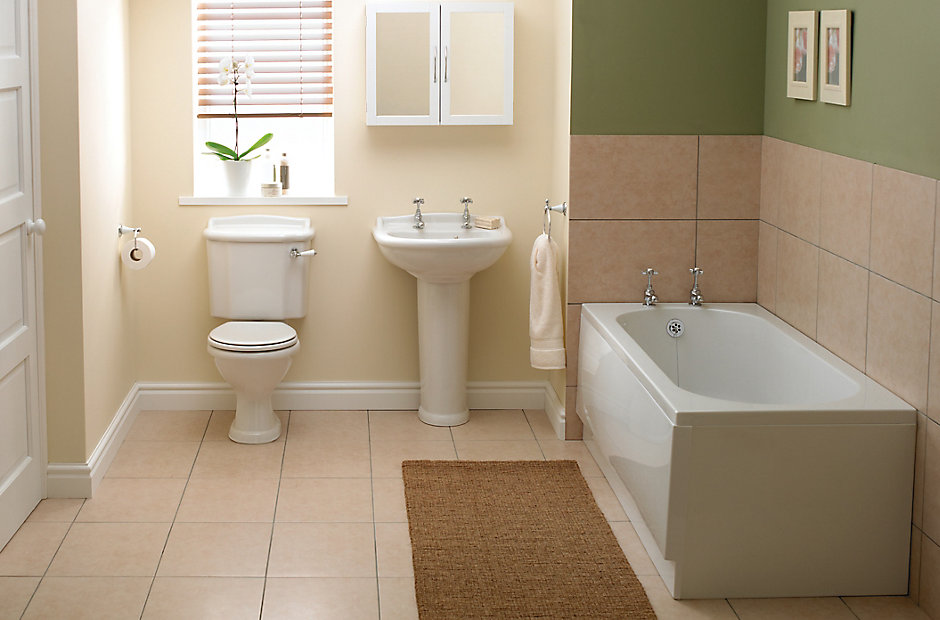
Of all the questions we get asked, “Where should we put our kittens?” or “How many should we buy?” comes up the most often.
Answer: That depends what you want to know.
Look, I know that can sound evasive but my Christmas break proves my point. Some of you might already have read about the monitoring of 2 very different houses over the Christmas period and what we found. We saw some very interesting things in that experiment and we’ll pick up a few of those over the next few months.
At the 70’s house that we monitored I found something a bit odd. We were all sat around the laptop on Christmas Eve looking at what was happening and to see if anything surprised us. My parents have lived in that house for 24 years so we saw pretty much what we expected, however the main family bathroom intrigued us. It’s located at the top of the stairs, has a double glazed window and a fairly large towel rail style radiator. We have never been consciously cold in that room so why was it 17 degrees?
The sensor was on a fully tiled window sill right next to the window at about waist height, so we ran a little test and moved it to the top of a wooden bathroom cupboard at about head height and the temperature climbed by nearly 5 degrees! We all knew that it didn’t feel like 17 degrees in there but we never expected such a huge difference in temperature by moving the kitten less than 1m within the same room.
We can occasionally be surprised about what we see when we put sensors in environments we thought we already understood, we see in real terms just how sensitive the kittens are and how temperature can change very quickly across space.
Which presents a useful tool for comparing performance. For example: my parents upgraded their windows to double glazing in a few separate rounds to spread the costs not long after they moved into the house. This window was one of the first ones to be installed in the house and are almost certainly getting on for 20 years old. Installing a larger number of sensors in some of the rooms to monitor exactly how well the double glazing is performing and even compare the windows installed at different times could identify if some or all of them could benefit from being replaced.
We also saw things that we expected like peaks in temperature when we had showers and when the heating turned on and off:
We used humidity kittens across the house, some of you might be interested in seeing the graph for humidity across the same timescale. I managed to achieve 96.9% humidity with my post run shower. (In particular, you’ll notice the humidity continued to rise after my shower? This is a function of the way we measure humidity – as relative humidity – which we’ll cover in a later blog post).
So, how can this help to inform you on where to place your kittens? Like we say, it does depend heavily on what you want to know, but here are some general guidelines:
- If you want your kittens to record the temperature that you feel in a room them make sure that you place it well away from any heat sources such as radiators, air con units or fans that blow warm air out of computers etc.
- If you want your kittens to record the temperature that you feel in a room then make sure that you place it well away from any sources of cold such as open door, windows, draughts or on cold materials such as tiles.
- It you want to record the temperature of in a specific place then be sure to locate the kitten exactly where it’s needed, they really are very sensitive i.e. next to a thermostat to check its functionality.
- Try to avoid putting kittens in direct sunlight as they will be effected by solar gain, unless of course this is what you are trying to measure.
Remember that if you want to see in more details what’s going on in a room then re-deploy your kittens or buy more, one of the main advantages of how small they are is that you can put them pretty much anywhere. Place them in a grid pattern around the room or if you are feeling really adventurous hang them off fishing line at different heights to create a cross section of your space. This can be very interesting particularly in a mezzanine or tall staircase, you might be amazed to see whats going on.
If you want to know more about how Purrmetrix can help you to learn about your space then contact us by email at help@purrmetrix.com or call us on 01223 967301
